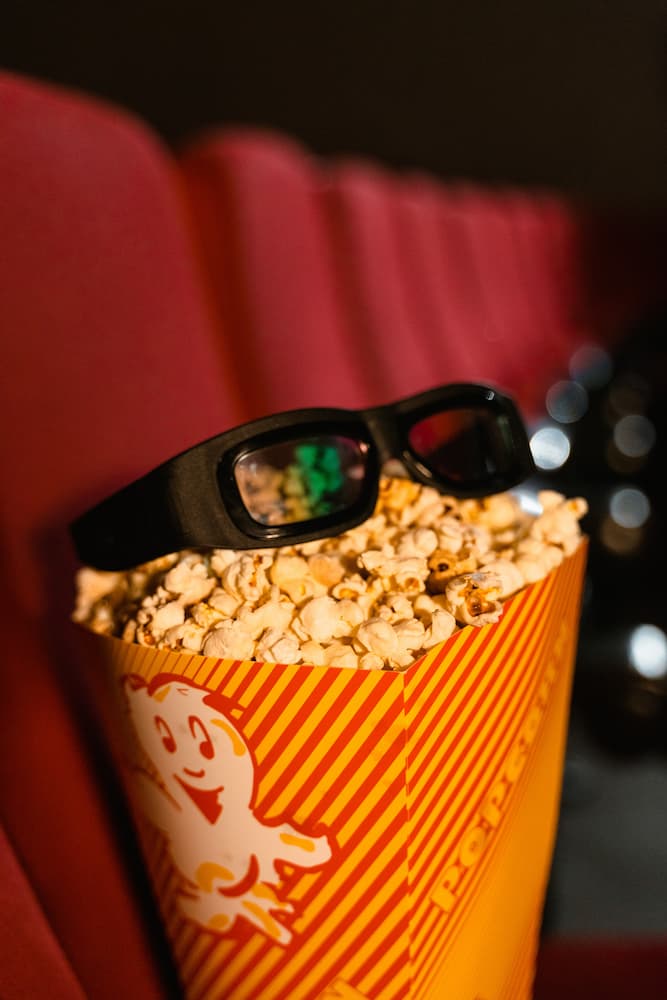For a long time, theatrical art remained practically unchanged, and its genres were comedy, tragedy and drama.But with the advent of cinema, video games and the Internet, directors began to look for a new language of communication with the audience and come up with other approaches to staging.They began to integrate other forms of art into their performances, involve the audience in action and hold performances in unusual places.We offer you to get acquainted with some modern theatrical trends.
Documentary theater
Performances in the documentary theater are based on real events.Playwrights use non-fiction text as material for plays, for example, interviews, letters, diaries, transcripts, articles.The authors strive to reliably show the world around them, therefore they rely on specific facts and replicas of eyewitnesses.In the plays of this genre there is no room for fiction and interpretation.One of the most popular documentary theater techniques is verbatim, which means “literally” in Latin.Most often, the artists themselves interview the participants in the events and on stage accurately reproduce not only what was said, but also the manner of speech of the characters with an accent, euphemisms and jargon.
immersive theater
Immersive in translation from English means “creating the effect of presence.”In this genre, the main thing for directors is to make the audience accomplices in the action.Visitors are allowed to take props, talk to the actors, or even choose how events will play out.The artists themselves can blindfold the guest, take him to another room, hug him or invite him to do something together – this is how the audience is involved in the joint creation of the performance.Sometimes immersive performances have several storylines, each of which develops in a specific place.Spectators themselves choose which one they want to follow and follow the given route.That is why, coming to the show for the second or third time, guests can watch a new story in a different location.
This pushes directors to rethink the stage space.In immersive performances there is no auditorium, the action takes place right among the guests.In addition, such performances often take place not in a traditional theater building, but in unusual places – an old mansion or an abandoned factory.
Immersive theater was born at the beginning of the 21st century, when video games became popular.The first performance in this genre was staged by the British company Punchdrunk in 2000, but it became famous all over the world nine years later with the performance of “Sleep No More”.Its action took place in an abandoned warehouse in New York, through which masked spectators roamed.The show became very popular, and in Shanghai they even created a Chinese version of it.
plastic theater
In plastic performances, drama and choreography are intertwined.In addition to dance, directors use pantomime, stylized martial arts, shadow theater, acrobatic and circus performances – everything that is connected with movement.Sometimes words are completely absent in such representations.
Artist’s Theater
In performances of this genre, the main emphasis is on visual design.Costumes, scenery, props become independent participants in the action and complement the meaning of the work in their own way.In addition to scenography, directors sometimes use installations, performances and actions as a means of expression.In such productions, words often play a secondary role, the main thing is external aesthetics.

One Actor Theater
A one-man theater, or a one-man show, is a theatrical production in which only one performer participates.In such performances, there is usually a minimum of stage effects, scenery and musical content.However, this does not mean that the performance is created by a single person – directors, playwrights, stage designers and composers can participate in the production.Sometimes an actor combines all these roles and directs his performance himself.
The director of a one-man show can stage a so-called monodrama based on the plot of a single work or create a concert performance from several poems, songs, short stories by one or different authors.Traditional plays, autobiographies, poetic compositions are used as a literary basis in such a solo performance.Some of them are originally written for a specific actor.
The first performances, similar to solo performances, appeared several thousand years ago, when artists walked around the cities and told myths and legends from the folk epic.Then the Greeks, English minstrels and French troubadours performed in the same genre.The theater of one actor received a new development at the beginning of the 18th century, when art evenings, which were not intended for the general public, began to be held in narrow circles.Again, this genre was addressed in the 60s of the XX century.
